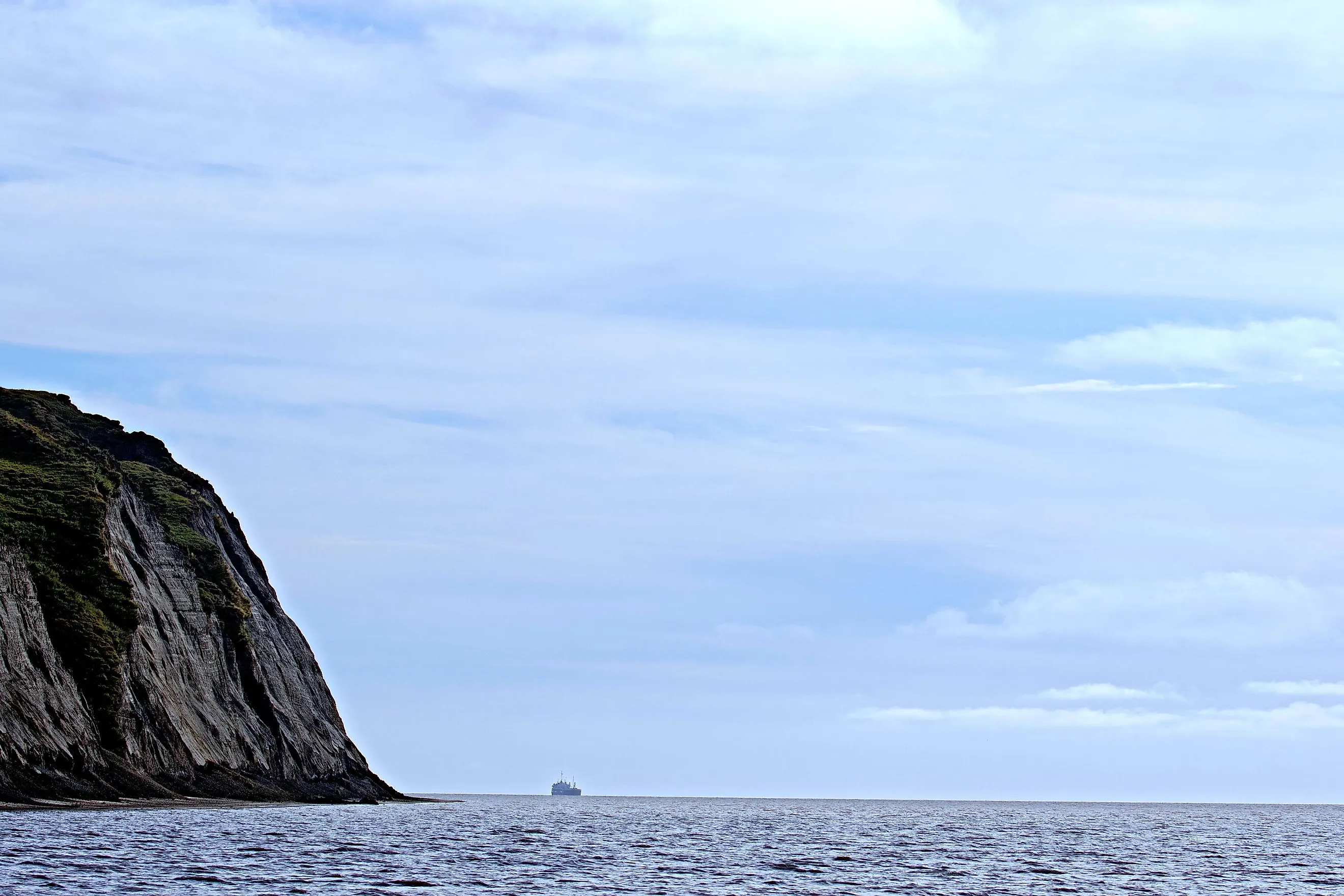
Gulf of Ob
Gulfs are landmass-enclosed bodies of water that serve as inlets to an ocean or sea, and for the Gulf of Ob, the Tazovsky, Nadymsky, and Yamalsky districts surround it in northern Russia. For reference, the Yamalsky district peninsula is similar in size to the United Kingdom's mainland. Ultimately, this Gulf's geography, climate, and history are fundamental to the lives of those who live on its shores today.
Geography Of The Gulf Of Ob
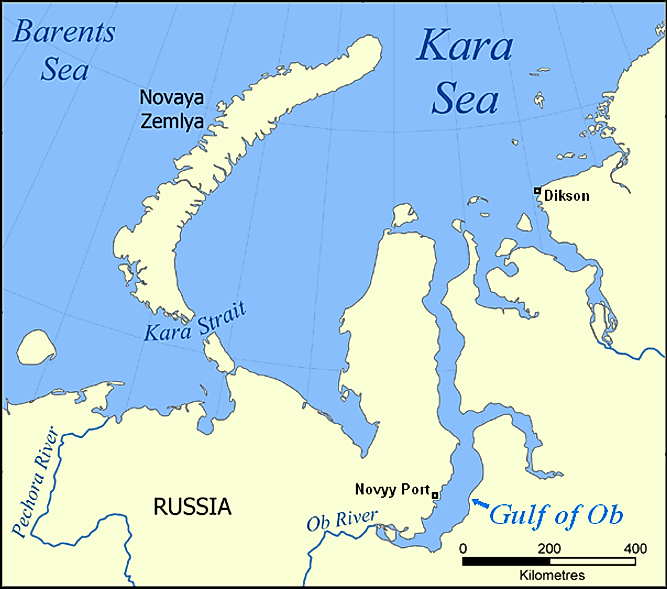
The Gulf of Ob, an expansive inlet of the Kara Sea, is situated in the Arctic region of Siberia, Russia. Stretching approximately 500 miles in length and 30 to 100 miles in width, the Gulf is 340,000 square miles. One foundational aspect of the Gulf of Ob is its complex system of river deltas, estuaries, and wetlands. The Gulf is fed primarily by the Ob River, one of the world's longest and most voluminous rivers. As the river winds its way through the Siberian landscape, it collects water from numerous tributaries, such as the Irtysh, Biya, and Katun rivers, before eventually emptying into the Gulf.
Along the western shore, sandy beaches and low-lying coastal plains predominate. The eastern shoreline features a more rugged and uneven terrain characterized by cliffs, rocky outcrops, and steep inclines. These contrasting coastlines result from different geological processes and the influence of the underlying bedrock, which consists primarily of sedimentary and metamorphic rocks.
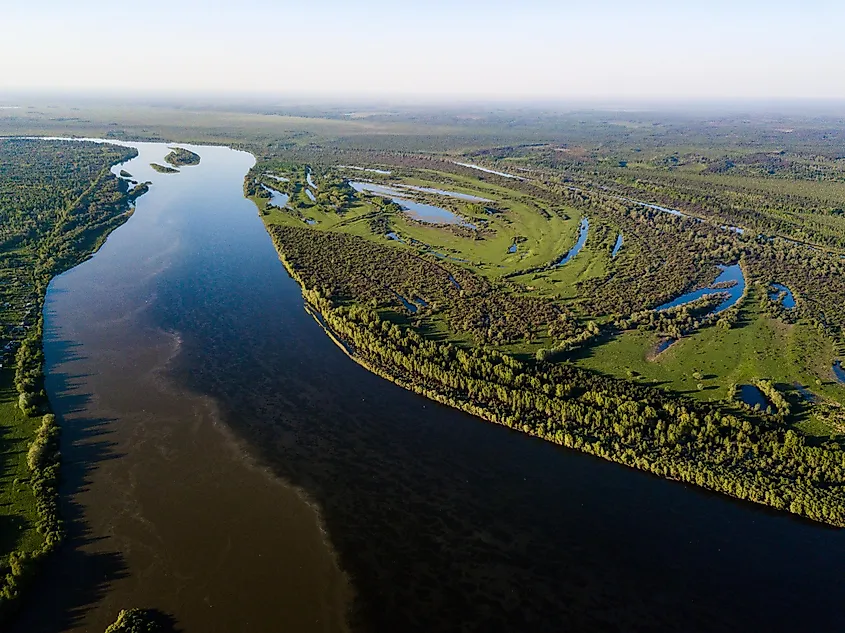
Furthermore, the Gulf's seafloor primarily comprises sediments deposited by the Ob River and its tributaries, resulting in a predominantly silty and sandy substrate. However, the seafloor's composition varies considerably depending on factors such as water depth, current strength, and proximity to river mouths. In some areas, the seabed is marked by the presence of underwater ridges, valleys, and depressions, which the actions of glacial and fluvial processes have shaped.
The interactions between freshwater and saltwater boundaries define the Gulf of Ob's hydrology. As the Ob River empties its freshwater discharge into the Gulf, it forms a distinct boundary with the saltwater of the Kara Sea. This boundary, known as a halocline, gives rise to the formation of underwater currents, stratification of water layers, and the mixing of ecosystems.
One of the most prominent islands in the Gulf of Ob is Bely Island, located at the entrance of the Gulf. This sizable island, covering an area of approximately 700 square miles, is characterized by its tundra vegetation and relatively flat topography. To the east, Shokalsky Island is another significant landmass within the Gulf of Ob. The island, comprised mainly of marshland and tundra, provides essential habitats for various waterfowl and wading bird species. Shokalsky Island is particularly notable for its dense population of eiders, which gather in vast colonies during the breeding season. Other notable islands within the Gulf of Ob include the island group of the Nizhne-Obsky State Nature Reserve.
History
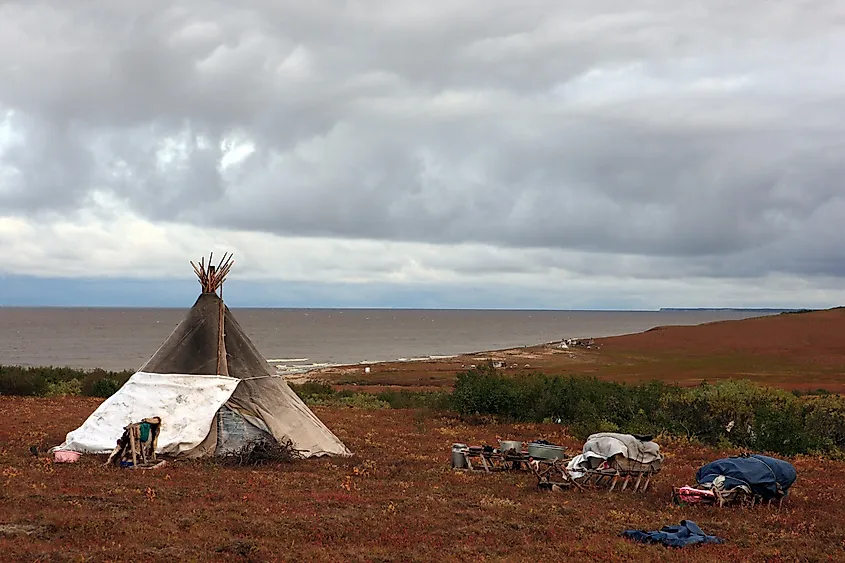
Indigenous peoples, including the Nenets, Khanty, and Selkup, have inhabited the Gulf of Ob region for millennia, relying on the land and sea for sustenance and maintaining a nomadic lifestyle. These communities have long engaged in fishing, hunting, and reindeer herding, with a deep respect for the delicate balance of the ecosystem.
The Gulf of Ob's history took a significant turn in the late 16th century when Russian explorers, led by the Stroganov family, began to venture into Siberia. The Russians established the city of Berezov in 1593, on the banks of the Ob River, marking the beginning of Russian colonization of the area. Over the centuries, the Gulf of Ob became a hub for trade and transportation between Russia and Europe, with the river serving as a critical link for the transportation of goods.
In more recent history, the Gulf of Ob has garnered attention for its abundant natural resources, particularly natural gas and oil. The discovery of hydrocarbon reserves in the 20th century led to the development of the region's energy industry, with the establishment of major Russian energy companies, such as Gazprom and Rosneft. Today, the Gulf of Ob is at the center of Russia's Arctic oil and gas exploration efforts.
Climate
The Gulf of Ob experiences a harsh polar climate characterized by long, frigid winters and short, cool summers. Winter temperatures can plummet to -40°F or lower, while summer temperatures rarely exceed 60°F. The region endures approximately eight months of freezing temperatures each year, with the coldest months typically occurring between November and March.
Due to its high latitude, the Gulf of Ob is subject to a phenomenon known as polar night, in which the sun remains below the horizon for an extended period of time. This period of darkness lasts for several weeks during the winter months, resulting in limited daylight and extreme cold. Conversely, the Gulf experiences a period of continuous daylight, known as the midnight sun, during the summer months.
The Gulf of Ob's climate also results in significant ice cover for a large portion of the year. Sea ice typically forms in the fall and can persist until late spring or early summer, creating challenges for navigation and transportation in the region. However, advancements in icebreaking technology and the ongoing effects of climate change have led to an increase in the accessibility of the Gulf.
Wildlife
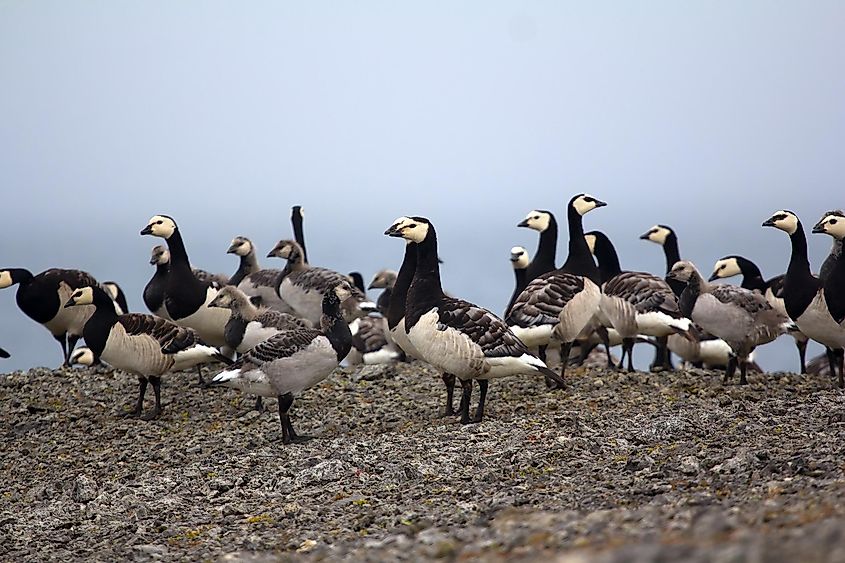
The Gulf of Ob's biodiversity is due to its unique position, where the Ob River meets the Kara Sea, which creates an intriguing blend of freshwater and saltwater ecosystems. In the coastal areas, many rugged plant species flourish, particularly those adapted to the harsh Arctic conditions. Among them, arctic willow, mosses, lichens, and dwarf birch dominate the landscape. The abundant wetlands and river deltas of the Gulf of Ob create ideal breeding grounds for numerous waterfowl and wading bird species, such as the red-necked phalarope, Siberian crane, and Bewick's swan. Additionally, the region serves as a critical stopover for migratory birds traveling between their breeding and wintering grounds.
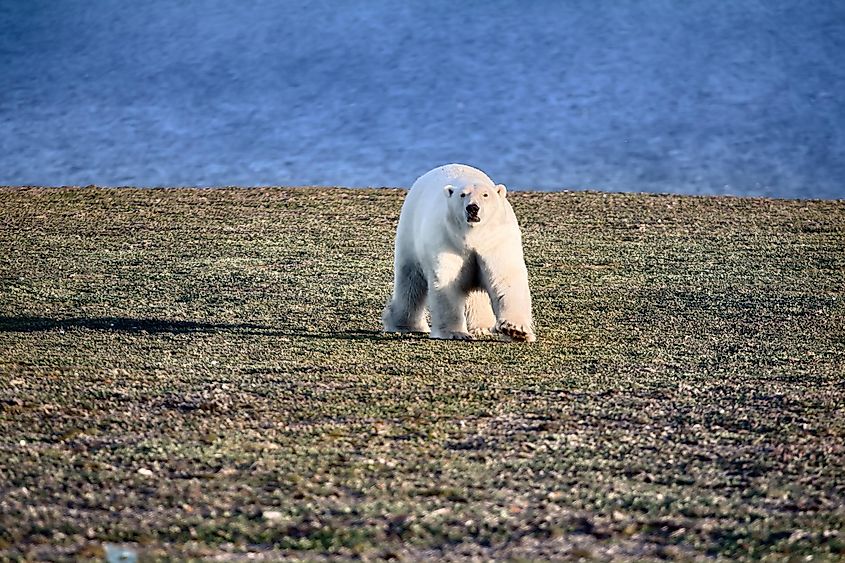
The Gulf of Ob's aquatic life is a unique assortment of fish species, including the Arctic cisco, omul, and Siberian sturgeon. These fish play a crucial role in the local food chain, as they provide sustenance for larger marine mammals such as seals, belugas, and occasionally, polar bears. The Gulf also serves as a vital habitat for walruses, which rely on the region's ice floes and coastal areas for resting, breeding, and foraging.
Despite the harsh polar climate, the Gulf of Ob possesses unique geography, fascinating history, and abundant flora and fauna; these factors make it an essential ecological region with both cultural and economic significance. The Gulf's complex system of river deltas, estuaries, and wetlands sustain a wide array of plant and animal species, while its islands serve as vital habitats and nesting grounds. The Gulf of Ob's abundant natural resources have led to the development of Russia's Arctic oil and gas exploration efforts, and in the future, conservation efforts will be priceless in order to preserve the region for generations.











